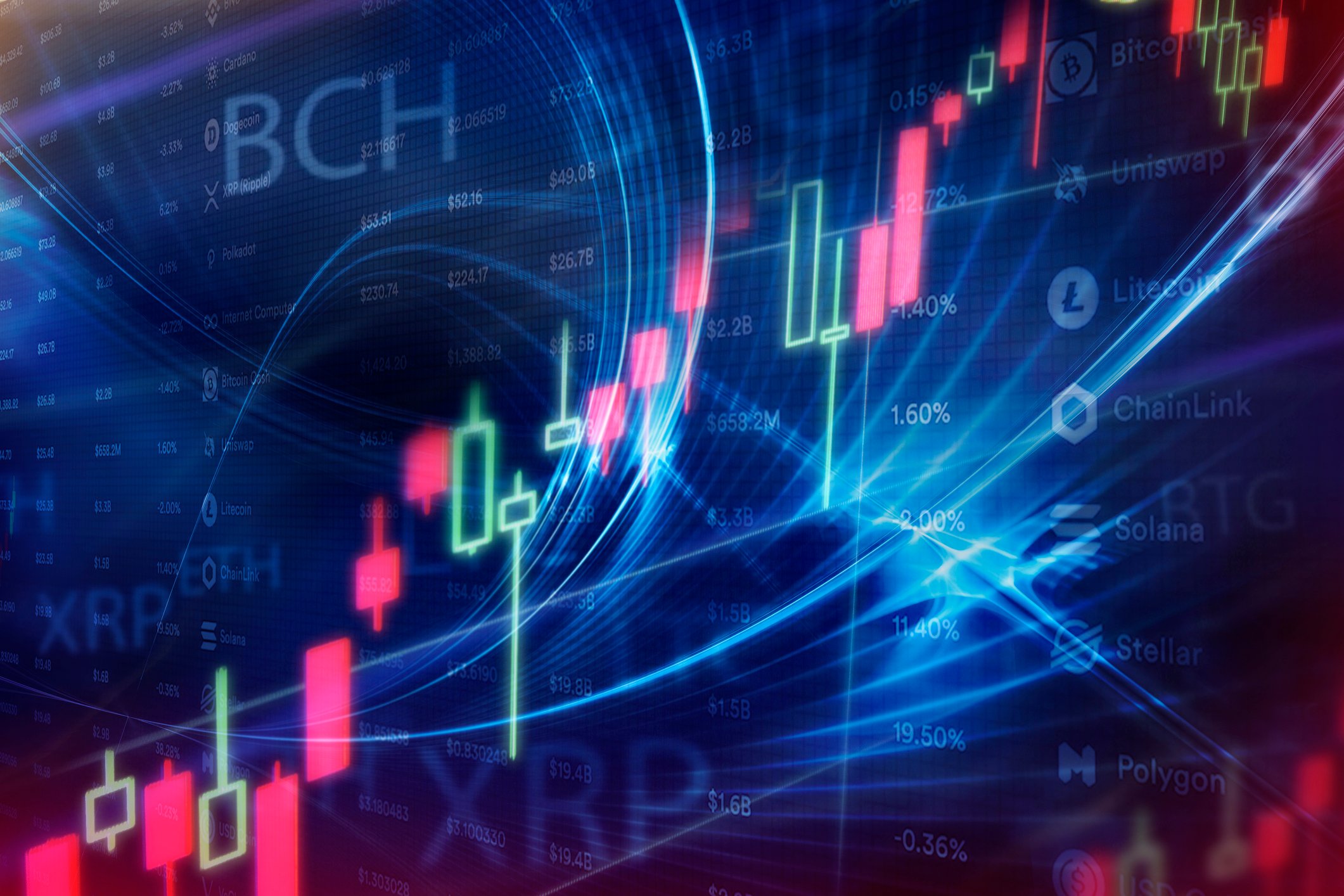Wall Street's market closes at 4 p.m. eastern time, but blockchains are open all night long. Thanks in part due to that after‑hours void, a tiny slice of the stock market has quietly migrated onto Solana (SOL +0.08%), turning a small but growing selection of stocks into tokens that trade 24/7.
Between mid‑June and July 4, Solana's on‑chain value of those tokenized stocks more than tripled, from about $13 million to $48 million, a jump powered almost entirely by a new platform called xStocks. By July 16, the chain featured more than $100 million worth of stocks, indicating that the pace of growth is still incredible.
The quantity of dollars involved here might look trivial, but the growth rate is anything but. Let's dig into why this is happening, and what it could mean for long‑term investors in Solana and other cryptocurrencies.

CRYPTO: SOL
Key Data Points
Stock tokenization just went white-hot
The xStocks platform went live on June 30 with more than 60 U.S. tickers set up. This included companies you might own, like Microsoft, Tesla, Nvidia, Amazon, Meta Platforms, and more, all minted as a Solana token and tradable on major crypto exchanges like Kraken, Bybit, and several decentralized exchanges (DEXes) too.
Those tokens are said to be backed 1‑for‑1 by shares of the underlying stocks. Transactions settle in seconds, and they can move peer‑to‑peer at sub‑penny network fees. They can also be traded at any hour of the day or night, which is an experience most brokerage apps simply cannot match.
Speed and novelty explain part of the surge, but the quality of the technology enabling the move matters too.

Image source: Getty Images.
Solana's cheap and fast transactions make sending fractional shares around the network highly economical, which in turn invites small investors, and also the development of relatively small-time decentralized finance (DeFi) applications that cater to that same group. The launch also coincided with the launch of so‑called "tax coins," an emerging segment of tokens that skim a trading levy and automatically funnel the proceeds into xStocks to distribute to holders as on‑chain dividends. Further DeFi innovation involving tokenized assets like stocks is all but guaranteed, and at the moment, Solana is where it all happens.
But before you rush in and buy tokenized stocks on Solana, be aware that there is a substantial amount of fine print here.
Liquidity is razor‑thin on tokenized stocks in a way that most investors never need to think about normally. Many xStocks trade only a few thousand dollars a day, so the risk of your purchases or sales failing due to insufficient liquidity is significant in some cases.
Furthermore, most tokenized stocks still fall under securities laws, no matter what wrapper they wear. If there are issues with regulators, platforms could be forced to delist assets or exclude U.S. users overnight, and that might make the tokenized stocks worthless or untradeable.
What this means for holders
Tokenized stocks are only one strand of Solana's real‑world asset (RWA) push, but they arrive as the chain is already outpacing rivals.
Total RWA value on Solana, which includes everything from U.S. Treasuries to funds, has surged 140% this year to reach roughly $564 million as of mid-July. If that trend holds, Solana could capture a meaningful share of the trillions in assets that consultants expect to go on‑chain by 2030. For reference, Boston Consulting Group (BCG) pegs the total addressable market for tokenized illiquid assets at about $16 trillion within five years.
For holders, the mechanics of how to benefit from this trend are very straightforward. Every stock transfer or dividend a smart contract triggers in turn burns a smidge of the coin in fees, tightening supply. It also implies that users and investors had to hold some of the coin to pay the fees. In theory, a booming stock token venue could replicate what meme coins did for Solana's fee revenue last winter, but with Wall Street credibility attached.
Investors intrigued by this development should consider two things.
First, as far as the tokenized stocks themselves go, you don't need to rush to buy them. If you're the average investor, you probably shouldn't be buying them at all for at least a few more quarters to let the open issues get settled. Just buy the stocks on the traditional equity market as you usually do, assuming you want to hold them at all.
Second, if you believe public stocks will migrate on‑chain in size and that Solana's speed will keep it competitive, buying and holding the coin for the long haul will give you exposure to the upside from that trend.
In short, the explosion of stock tokenization on the chain is quite bullish, and it's ensuring that Solana's long-term picture keeps looking better and better.










